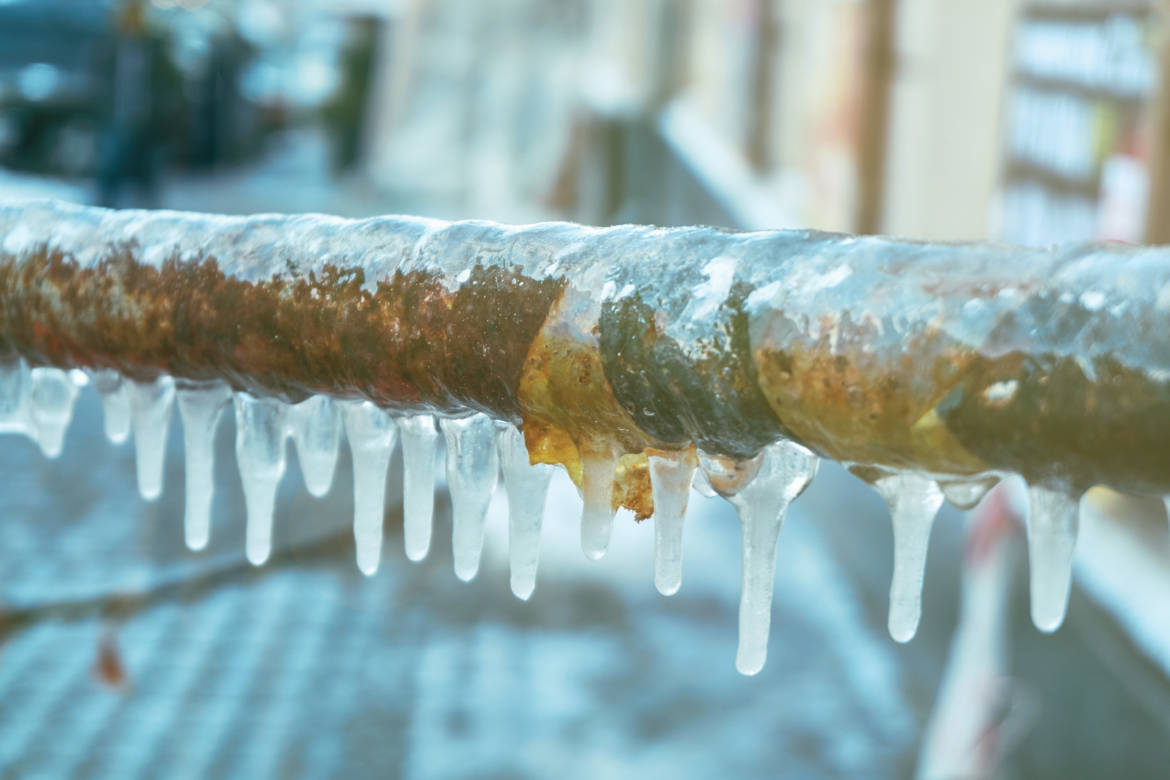Crucial Tips for Preventing Frozen Pipes in Winter Conditions
Crucial Tips for Preventing Frozen Pipes in Winter Conditions
Blog Article
They are making a number of good pointers about Helpful Tips to Prevent Frozen Pipes this Winter in general in this article just below.

Cold weather can ruin your pipes, especially by freezing pipelines. Right here's how to prevent it from taking place and what to do if it does.
Introduction
As temperature levels decline, the risk of frozen pipelines boosts, potentially resulting in costly repair services and water damages. Understanding just how to prevent icy pipelines is important for house owners in chilly climates.
Prevention Tips
Insulating susceptible pipes
Wrap pipelines in insulation sleeves or make use of warm tape to protect them from freezing temperatures. Focus on pipes in unheated or external areas of the home.
Heating strategies
Keep interior rooms properly heated up, particularly locations with plumbing. Open cabinet doors to enable warm air to circulate around pipes under sinks.
Exactly how to determine frozen pipes
Seek decreased water flow from faucets, uncommon odors or noises from pipes, and noticeable frost on subjected pipelines.
Long-Term Solutions
Architectural adjustments
Think about rerouting pipelines away from outside walls or unheated locations. Include added insulation to attics, cellars, and crawl spaces.
Upgrading insulation
Invest in top quality insulation for pipes, attic rooms, and wall surfaces. Correct insulation assists maintain constant temperature levels and minimizes the risk of icy pipes.
Protecting Exterior Pipes
Yard hoses and outdoor faucets
Detach and drain pipes garden hose pipes before winter months. Install frost-proof spigots or cover outdoor faucets with insulated caps.
Understanding Icy Pipelines
What causes pipes to freeze?
Pipes ice up when revealed to temperatures below 32 ° F (0 ° C) for prolonged durations. As water inside the pipes ices up, it broadens, taxing the pipeline wall surfaces and possibly triggering them to rupture.
Threats and problems
Frozen pipelines can bring about supply of water disruptions, home damages, and costly repair work. Ruptured pipelines can flooding homes and cause substantial architectural damage.
Indicators of Frozen Water Lines
Determining icy pipelines early can avoid them from breaking.
What to Do If Your Pipelines Freeze
Immediate activities to take
If you presume frozen pipelines, keep faucets available to alleviate pressure as the ice melts. Use a hairdryer or towels taken in warm water to thaw pipelines slowly.
Conclusion
Avoiding icy pipes needs aggressive steps and fast feedbacks. By recognizing the reasons, signs, and safety nets, property owners can secure their plumbing throughout winter.
6 Proven Ways to Prevent Frozen Pipes and Protect Your Home
Disconnect and Drain Garden Hoses
Before winter arrives, start by disconnecting your garden hoses and draining any remaining water. Close the shut-off valves that supply outdoor hose bibs and leave the outdoor faucet open to allow any residual water to drain. For extra protection, consider using faucet covers throughout the colder months. It’s also important to drain water from any sprinkler supply lines following the manufacturer’s directions.
Insulate Exposed Pipes
Insulating your pipes is an effective way to prevent freezing. Pipe insulation is readily available at home improvement stores and is relatively inexpensive. Pay close attention to pipes in unheated areas such as the attic, basement, crawl spaces, or garage. Apply foam insulation generously to create a buffer against the cold. You can also wrap your pipes in heat tape or thermostat-controlled heat cables for added warmth.
Seal Air Leaks
Inspect your home for any cracks or openings that could let in cold air. Seal any holes around the piping in interior or exterior walls, as well as the sill plates where your home rests on its foundation. Additionally, make sure to keep your garage door closed unless you’re entering or exiting. Leaving it open creates a significant air leak that can lead to frozen pipes.
Allow Warm Air Circulation
During cold snaps, it’s essential to allow warm air to circulate evenly throughout your home. Leave interior doors ajar to promote better airflow. Open kitchen and bathroom cabinets to help distribute heat consistently around the rooms. If you have small children or pets, be sure to remove any household chemicals or potentially harmful cleaners from open cabinets for safety.
Let Faucets Drip
A small trickle of water can make a big difference in preventing ice formation inside your pipes. When temperatures drop significantly, start a drip of water from all faucets served by exposed pipes. This continuous flow helps prevent the water from freezing. Additionally, running a few faucets slightly can relieve pressure inside the pipes, reducing the chances of a rupture if the water inside does freeze.
https://choateshvac.com/6-proven-ways-to-prevent-frozen-pipes-and-protect-your-home/

I found that piece on How to prepare your home plumbing for winter weather while browsing on the internet. Do you know about somebody who is inquisitive about the subject? Why not share it. Thanks so much for your time invested reading it.
Call Today Report this page